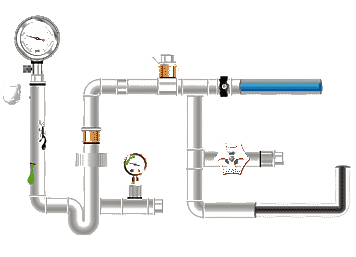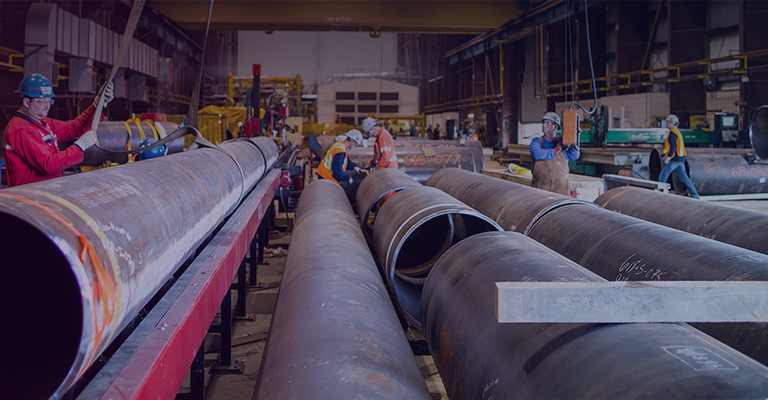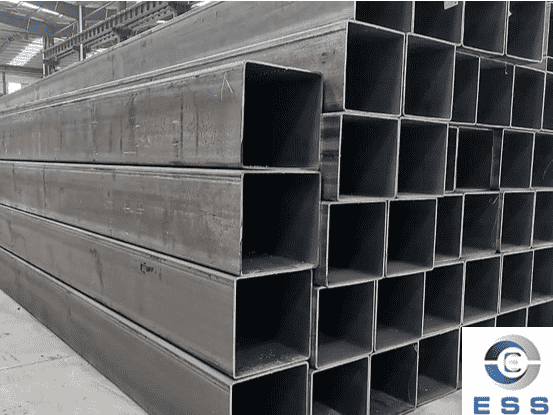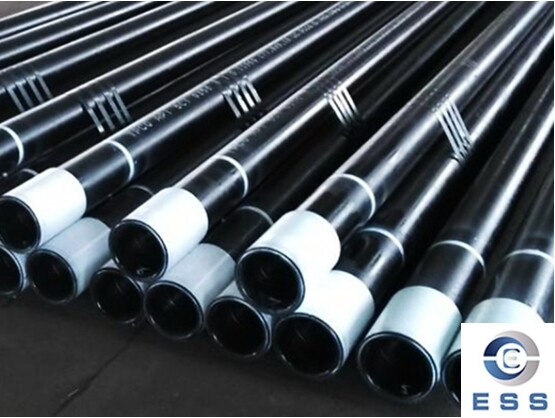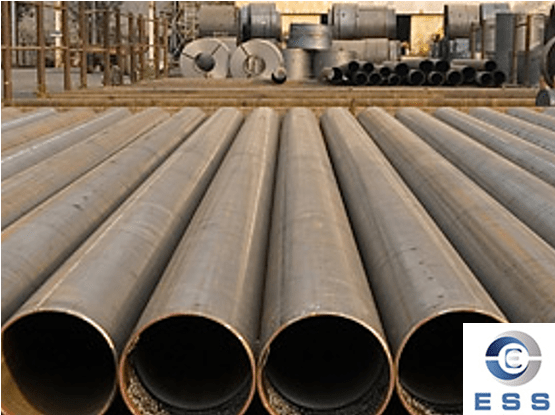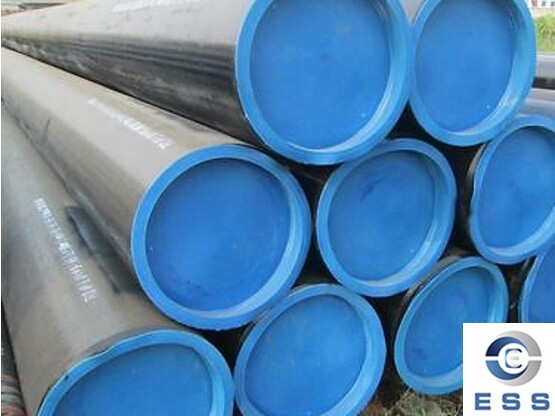
In the field of metal processing, welding of mild steel pipes is a crucial
process. However, the appearance of cracks during welding is often a headache,
which not only affects the beauty and strength of the workpiece, but also may
cause safety hazards. Especially when manufacturing key pipes such as seamless pipes, the welding
quality is directly related to the safety and service life of the pipeline. So,
why do cracks appear in mild steel pipe welding? How to effectively prevent it?
This article will reveal the answer to you and provide the simplest three-step
method to prevent welding cracks.
Causes of cracks during welding of mild steel pipes
1. Material factors
The material and chemical composition of carbon steel pipes are important
factors affecting welding cracks. Steels with high carbon content are more
likely to crack during welding because carbon elements increase the hardness
and brittleness of steel. In addition, defects such as inclusions and
segregation in steel can also become the source of cracks.
2. Improper welding process
The selection of welding parameters, control of welding speed,
management of preheating and interlayer temperature, etc. are all key factors
affecting welding quality. Excessive welding temperature will lead to coarse
grains in the heat-affected zone and increase crack sensitivity; while too fast
welding speed may cause the weld to cool too fast, resulting in hardened
structure, which is also easy to cause cracks. Especially when processing drill pipes and casing pipes, reasonable
welding process is more critical.
3. Stress effect
The residual stress generated during welding is another important cause
of cracks. During welding, due to local heating and cooling, the weld and its
surrounding areas will produce uneven stress distribution. When the stress
exceeds the tensile strength of the material, cracks will occur. In addition,
external constraints (such as fixtures, positioners, etc.) may also increase
the stress level of the welded parts, thereby aggravating the generation of
cracks.
The simplest 3-step method to prevent cracking during welding of mild
steel pipes
1. Reasonable material selection and pretreatment
First, the appropriate material and specification of mild steel pipes
should be selected according to the use environment and stress conditions of
the welded parts. For steels containing more alloy elements, preheating,
post-heating or slow cooling after welding should be considered to reduce crack
sensitivity. At the same time, the steel surface is cleaned and rust-removed to
remove impurities such as oil stains and oxide scale to reduce the occurrence
of welding defects.
2. Optimize welding process parameters
According to the material and thickness of the steel, reasonably adjust
the parameters such as welding current, voltage, and welding speed. The use of
low current, low voltage, and slow welding method can help reduce heat input
and reduce the cooling rate of the welded joint, thereby reducing the
generation of hardened structure and residual stress. In addition, the
interlayer temperature should be strictly controlled to avoid overheating and
overcooling of the weld.
3. Strengthen inspection and treatment after welding
After welding, the weld and its surrounding areas should be carefully
inspected to promptly detect and deal with defects such as cracks, pores, and
slag inclusions. For cracks found, measures such as repair welding, grinding,
or replacement of welds should be taken according to their location and size to
repair them. At the same time, for large or important welded parts, post-weld
heat treatment, such as annealing and tempering, should also be carried out to
further eliminate residual stress and improve the strength and toughness of the
welded joint.
Summary
In summary, the generation of welding cracks in mild steel pipes is the
result of the combined action of many factors. By selecting materials
reasonably, optimizing welding process parameters and strengthening inspection
and treatment after welding, we can effectively prevent the occurrence of
welding cracks and improve welding quality. I hope this article can provide you
with useful reference and guidance.









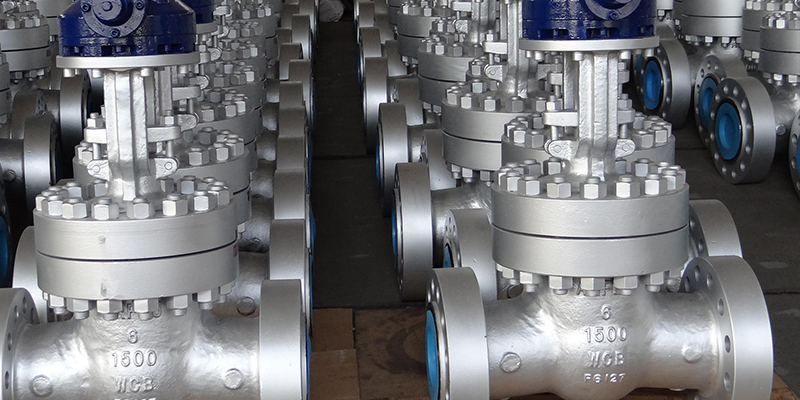
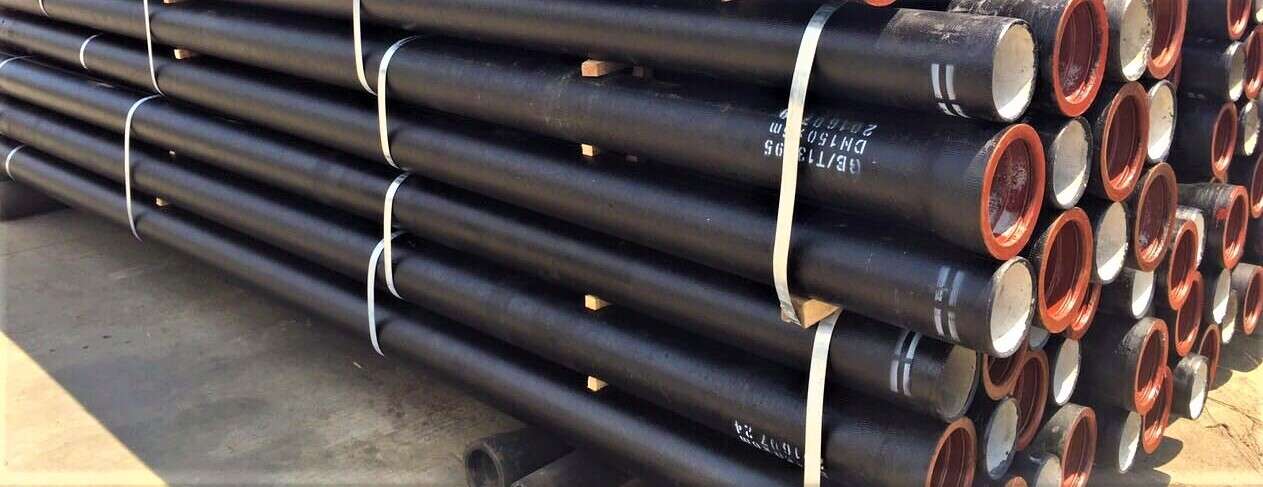


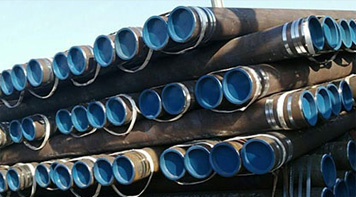 Eastern Steel Manufacturing Co.,Ltd not only improve product production and sales services, but also provide additional value-added services. As long as you need, we can complete your specific needs together.
Eastern Steel Manufacturing Co.,Ltd not only improve product production and sales services, but also provide additional value-added services. As long as you need, we can complete your specific needs together.
